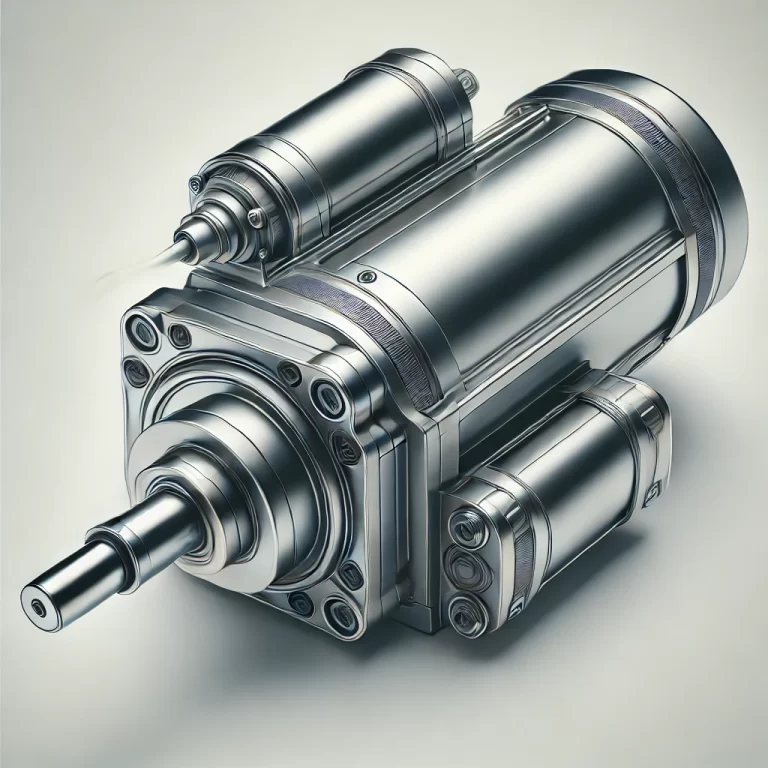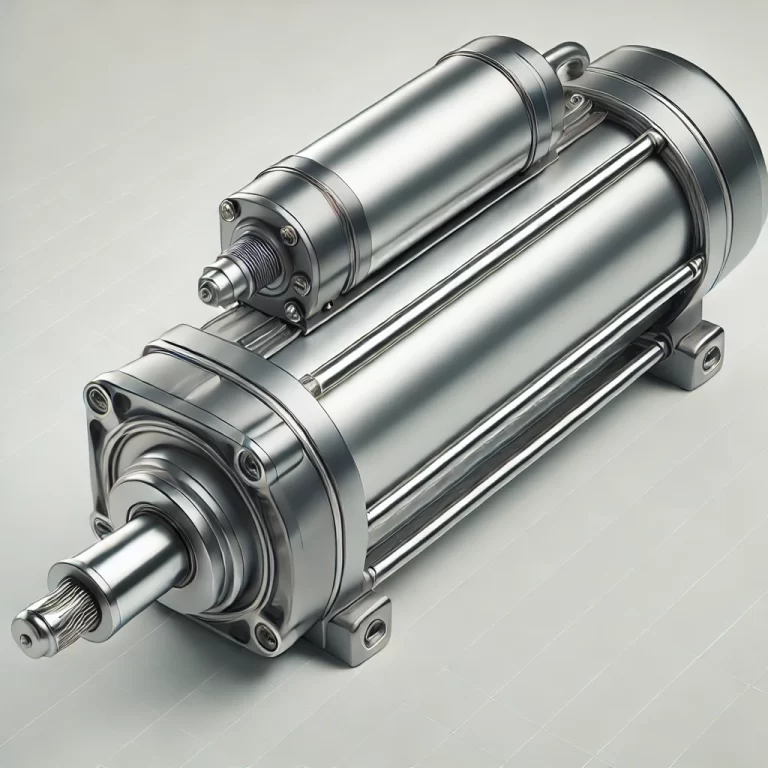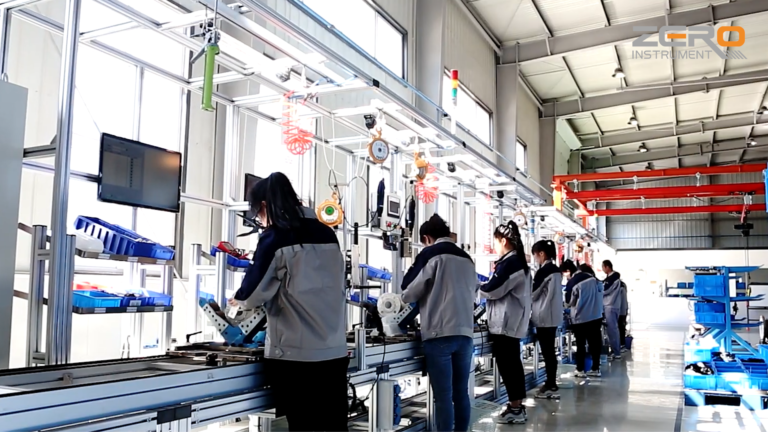When the process control system is put into automatic state, the electric actuator often encounters this kind of oscillation phenomenon, and the frequency of oscillation is also high. Due to the existence of this oscillation phenomenon, it is very easy to cause the failure of the magnetic amplifier.
In addition, since the electric actuator often operates in an oscillating state, it seriously affects the service life of the mechanism. Therefore, this oscillation should be eliminated in the regulation system to ensure the normal operation of the regulation system.
There are many reasons for the oscillation of the valve position of the actuator. Now, combined with the experience of design, installation, commissioning and operation, the reasons for the oscillation of the actuator and the methods of eliminating it are explained.

1. Mitigating Actuator Oscillation: Implementing Damping and Filtration Techniques for Signal Stability
The small loop oscillation of the valve position feedback of electric and pneumatic actuators is mainly caused by the following two aspects.
a: Because the insensitive zone △g of the magnetic amplifier is too small, the magnetic amplifier is too sensitive, so that the small loop of the actuator cannot be stable and produces oscillation.
b: When the actuator loses its braking effect and produces a sluggish phenomenon, it will also cause the small loop oscillation of the actuator.
According to the above reasons for the oscillation of the actuator, the oscillation caused by the insensitive zone △g of the magnetic amplifier is too small. According to the experience in operation, the small loop oscillation can be eliminated when the insensitive zone △g of the magnetic amplifier is adjusted to ±120-140μA. If the actuator loses the brake, the cause of the loss of the brake should be found and eliminated.
2. Addressing Actuator Oscillation through Signal Source Stabilization and Mechanical Damping Techniques
The oscillation of the actuator is caused by the fluctuation of the signal source. In the system design, a damper link can be added to the loop, or a mechanical filter buffer device can be added to the pipeline. The mechanical damping method can be used to reduce the fluctuation of the transmitter output signal and eliminate the oscillation of the mechanism.

3. Preventing System and Actuator Oscillation: Optimizing Regulator Parameters for Stability in Single-Loop and Multi-Loop Systems
Due to improper parameter setting of the regulating system, the system oscillates and the actuator oscillates. If the parameters of the regulator are not set properly, the system will oscillate to varying degrees.
For a single-loop regulating system, a too small proportional band, too short integral time, too large differential time and differential gain may all cause system oscillation.
In addition to the common problems of multi-loop systems and single-loop systems, there are also mutual influences between loops, and resonances between loops due to improper parameter setting.
For the oscillation of the actuator caused by the above reasons, it is possible to reasonably select these parameters during system setting so that the loops can maintain the desired stability margin.

4. Managing Actuator Oscillation: Addressing Over-Regulation Due to Steep Flow Characteristics in Control Valves
When the flow characteristics of the regulating valve are too steep or the valve is running at a small opening, the regulator is over-regulated and the actuator oscillates.
When the flow characteristics of the regulating valve are too steep, only a small deviation in the regulated amount will cause a large change in the regulated medium, often causing over-regulation and oscillation of the system.
Since the characteristics of the regulating valve are limited by process conditions and are difficult to modify, the proportional band of the regulation can be appropriately increased to improve the regulation quality.
5. Addressing Actuator Oscillation: Precision Manufacturing and Comprehensive Fault Analysis in Control Valve Systems
Due to the clearance and gap between the actuator and the connecting parts of the regulating valve gate, all connecting parts should be manufactured with third-level precision. The oscillation of the actuator is a common fault phenomenon in operation, which directly affects the regulation quality.
Its internal reasons are also multifaceted. When analyzing and sorting out the causes of the fault, it is necessary to analyze the causes of the fault from multiple aspects of system composition, installation and debugging, and then try to eliminate them.

The main reasons for the oscillation of electric actuators are as follows:
(1) The insensitive zone of the electric actuator servo amplifier is too small.
(2) The brake clearance of the electric actuator is improperly adjusted or severely worn, causing the servo motor to inert too much. Regular inspection and adjustment should be carried out.
(3) Improper adjustment of the regulator parameters is generally due to the proportional band being set too small and the system gain being large.
This is more obvious for systems with intermediate adjusted parameters (or leading parameters). When this happens, the regulator parameters should be re-adjusted.
